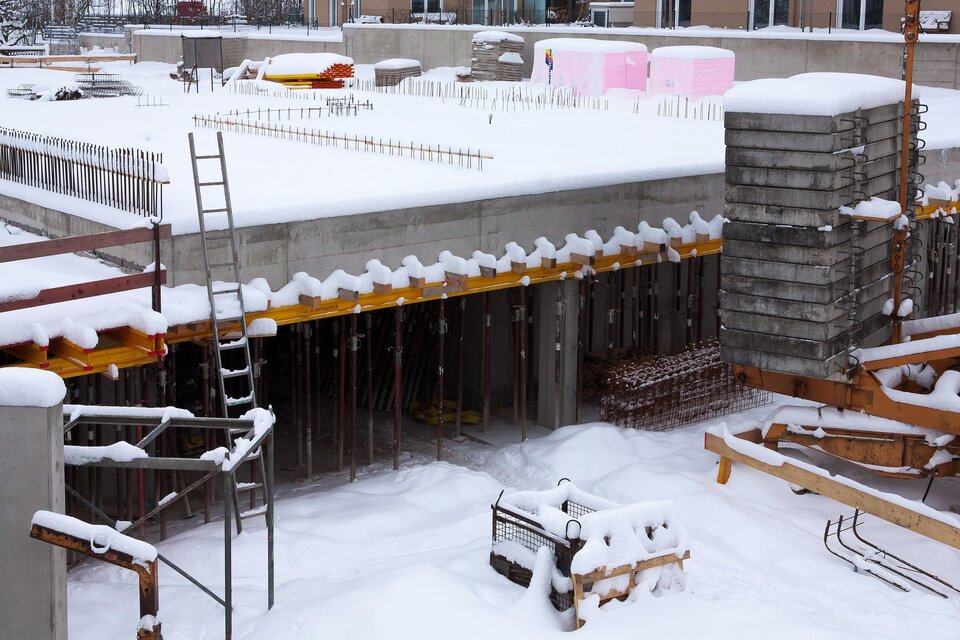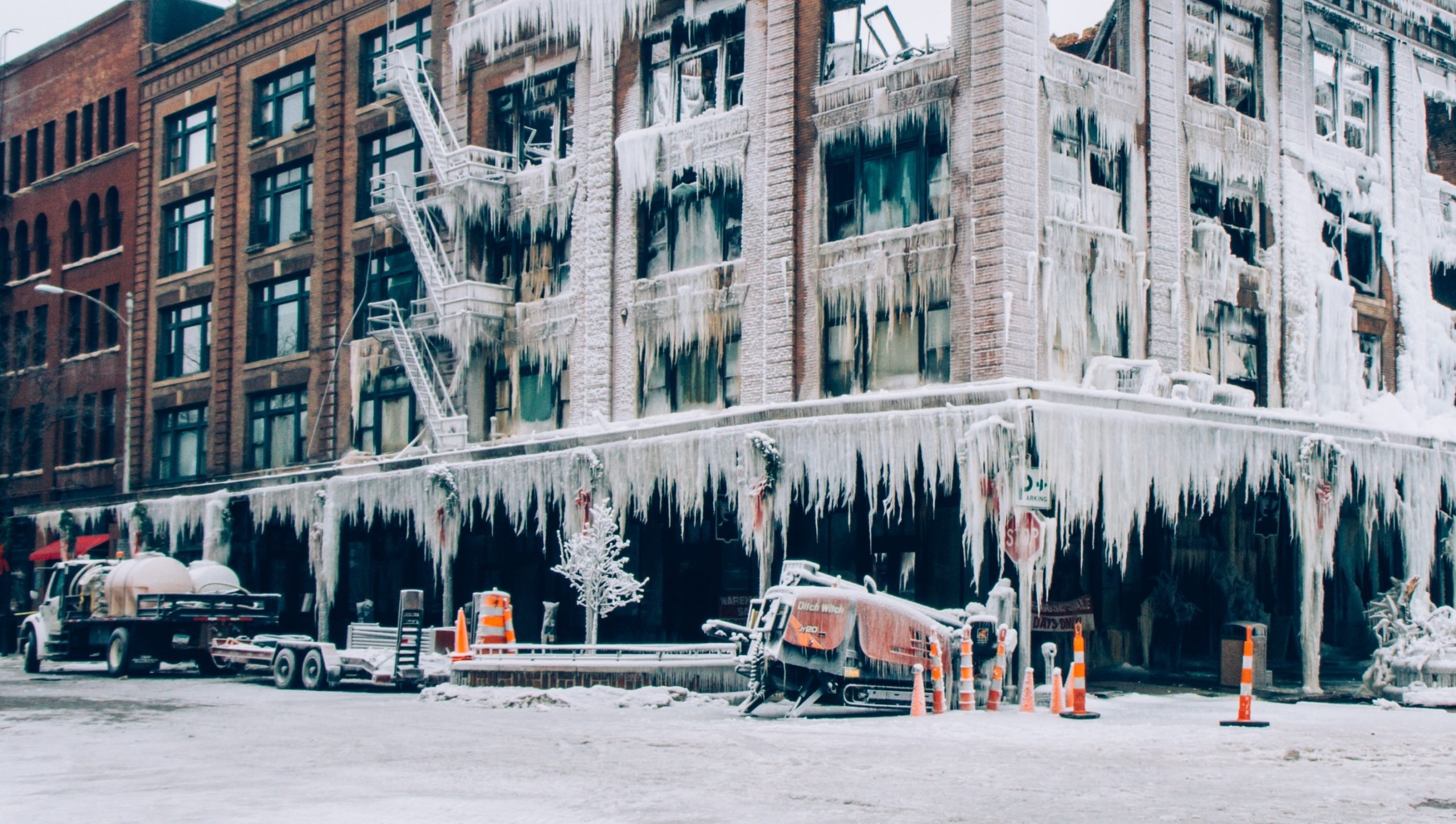
Pouring Concrete in Cold Weather: Tips Every Crew Should Know
The fall and winter seasons offer a welcome respite from blazing summer temperatures, but they also introduce special concerns for outdoor crews. Pouring concrete in cold weather can leave companies at risk of mechanical issues, safety concerns and costly issues in their finished concrete products. Planning ahead is the best thing a concrete or construction crew can do.
Here, General Chipping’s concrete chipping experts offer insights to ensure safer, more successful cold weather concrete pours. Read on to learn more about proper site preparation, winter considerations for your redi mix trucks and ways to keep crew members better protected, too.

Can You Pour Concrete in the Winter and Late Autumn?
For many concrete crews, it can be difficult to determine when conditions are too cold to carry out their work. The Portland Cement Association recommends taking cold weather precautions whenever the average daily temperature is lower than 40 degrees for three consecutive days, or when the temperature will drop below 50 degrees for more than 12 hours during any 24-hour period.
So, can you pour concrete in the winter and autumn months? Yes! But, just as with hot weather concrete work , there are special considerations that come into play.
If concrete freezes before it sets, it can cause a reduction in strength of up to 50% — a significant loss that can create safety concerns. Meanwhile, freezing — or even near-freezing — temperatures can slow concrete’s curing process. And slower curing often leads to issues such as unsightly surface cracking, porous concrete that seeps moisture and less stability in a finished product. Here are some factors to consider when pouring concrete in cold weather.
Control the Temperature of Your Poured Concrete
Although it isn’t typically possible to heat a large batch of concrete at the job site, you can heat the water and/or aggregates prior to mixing, to raise the final blend’s temperature. Once the concrete is poured, your crews can use windbreaks, enclosures and heaters to keep the ambient temperature high enough to ensure safe setting. Concrete in forms should be left in those forms as long as possible, to help retain heat and prevent moisture loss.
Keep Temperatures in Check for the Surrounding Workspace
Frozen ground and snowy or icy conditions can make it nearly impossible for crews to do their jobs. When possible, use portable heaters, electric blankets, heat pipes and similar tools to thaw an area a couple days in advance, and to keep it workable, too.
Be Mindful of Your Poured Concrete’s Humidity Levels
Cold air tends to be dry, and low humidity can affect curing . To avoid cracking and structural issues in your finished product, experts recommend paying close attention to poured material’s moisture levels, and using steam or liquid membrane compounds to encourage a proper balance. The mix itself can also be adjusted to include an accelerating chemical admixture.
Keep Your Trucks Healthy with Cold Weather Vehicle Maintenance
The best time to prepare your ready mix trucks for frigid weather is long before that weather moves in. Check tire pressure regularly, as pressure levels can decrease in colder conditions, and have a qualified mechanic inspect everything from hoses and belts to batteries and fluid levels. You might even consider oil formulated specifically for colder weather when you go in for your oil change.
Cold weather vehicle maintenance isn’t limited to mechanical considerations, either. We recommend stocking trucks with emergency supplies such as road flares, blankets and nonperishable snacks. Keeping vehicles stocked with cat litter or tire chains is also a good idea, in case crews find themselves stuck in unexpectedly snowy or icy conditions.
Keep Cold Weather Safety in Mind for Your Crew
Outdoor working conditions often subject concrete crews to freezing winds, icy conditions and the like. The most important consideration when pouring concrete in cold weather is looking out for your crew’s physical safety.
Building an enclosure or using windbreaks of at least six feet will help protect your crews from the elements while they pour. Using heaters and increasing humidity levels can also help keep crew members safe. The Occupational Safety and Health Administration (OSHA) offers additional safety tips for outdoor workers , including:
- Encourage proper attire when crews are on the job. This might include layered clothing, protective gloves and water-repellent jackets.
- Ask team members to take frequent breaks in warm, dry areas. This allows their bodies a chance to warm up.
- Plan work during the warmest times of the day.
- Have crew members consider what is going into their bodies. Warm, high-calorie foods such as pasta are a great option, as are warm, sweet beverages. Ask them to avoid caffeinated or alcoholic drinks.
- Encourage team members to work in pairs. This way, someone is more likely to recognize signs of cold stress before the situation becomes a full-fledged emergency.
